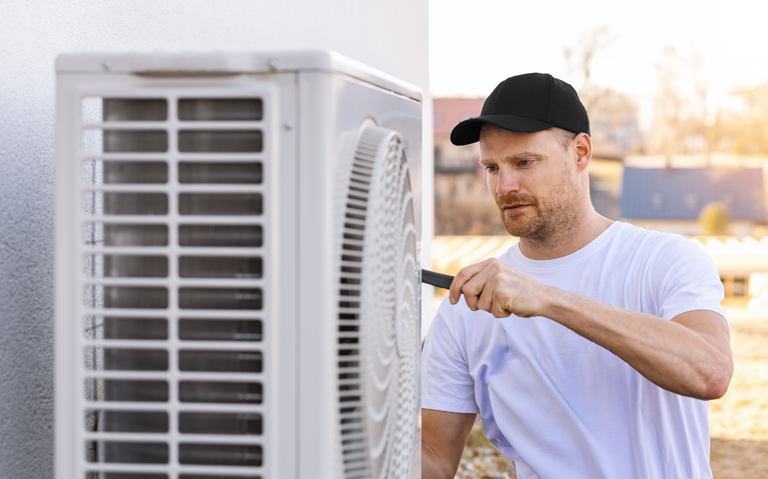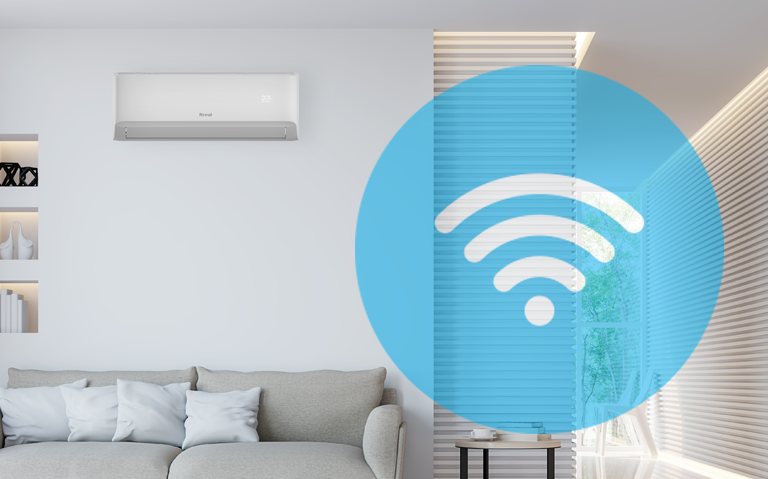The release of the Climate Change Commission’s (CCC) advice to the government in June 2021 raised some questions on the future of gas in New Zealand. The CCC did not propose a ban on new gas connections from 2025, but instead, they have recommended the government sets a date on the halt of new gas connections once a national energy strategy is developed. The government has not acted on this advice by way of a ban.
We can reassure you that gas will continue to be part of New Zealand’s energy mix for years to come, even as we move towards carbon neutrality as a nation. Rinnai New Zealand strongly supports the goal of carbon neutrality, especially now that we know gas will be part of the energy mix in the future.
Around 600,000 Kiwi households use LPG and natural gas energy every day for cooking, hot water and heating. Natural gas alone currently powers over 19,000 businesses and industrial users such as restaurants, hotels, hospitals and steel makers. Natural gas is also used to generate around 14% of electricity annually.
We expect natural gas and LPG will continue to be delivered to connected consumers until we’ve fully moved to new low and zero carbon gases, likely to be by 2050. New users will still be added to the network until a national energy strategy is developed and NZ has plenty of natural gas for homes to last for decades.
Exciting new zero or low emission gases like hydrogen, biogas and bioLPG are being developed in New Zealand and are recognised by the Climate Change Commission as a good way to reach our emission reductions. At Rinnai New Zealand, we have already included testing of dimethyl ether (DME) and and hydrogen blends in our R&D processes – in fact, all our Rinnai INFINITY gas continuous flow units can run on hydrogen blends of up to 20%.
Within the next 10 years, we expect to be cooking on gas made from waste, and using renewable gas for a whole lot more. While the pace of introduction will ultimately depend on regulatory requirements and individual investments across the energy sector, the diversity of gas supply that includes renewable gases will be vital in preparing for the future.
As the renewable gas challenge becomes more urgent, technological advances mean it is also becoming more feasible to solve. We are confident that we can transform waste from a problem to an energy solution used to power the gas appliances in your home and business, enabling a cleaner, more circular economy to emerge.
A green future for gas means thoroughly assessing the renewable gas opportunity, and the role they can play in the future of gas. Hydrogen, biogas, renewable natural gas and renewable LPG are clean or green gases that can be made from renewable resources and/or without releasing more CO2 into the environment than they have taken out.
These exciting new gases will allow us to all continue enjoying the endless hot water and warmth our gas appliances provide.
To find out more about the future of gas, you can visit the Future Sure website.



















